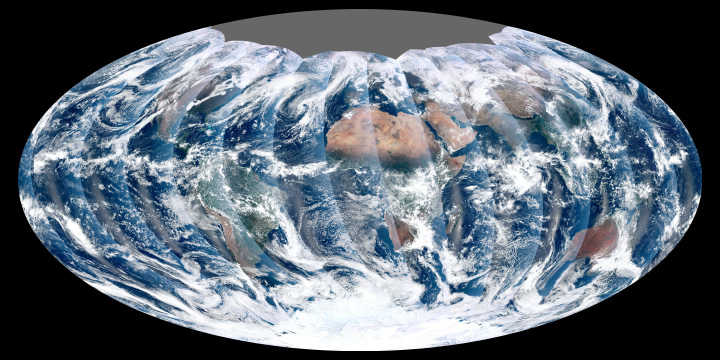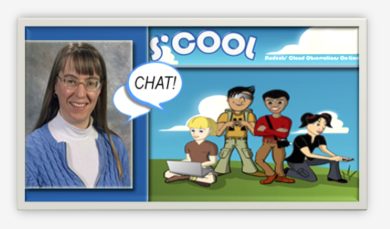Engineering Design Challenge: Lunar Plant Growth Chamber
Audience: 6-8 and Informal Educators
Event Date: Jan. 13, 2014, at 6:30 p.m. EST
Weather and Climate: Satellite Meteorology
Audience: 6-8 and Informal Educators
Event Date: Jan. 15, 2014, at 6:30 p.m. EST
Meteorology: How Clouds Form
Audience: 6-8 and Informal Educators
Event Date: Jan. 16, 2014, at 6:30 p.m. EST
For more information and to register online, visit the NSTA Learning Center.



 The Visible Infrared Imager Radiometer Suite on board NPOESS Preparatory Project, or NPP, NASA’s newest Earth-observing satellite, acquired its first measurements on Nov. 21, 2011. The resulting high-resolution image shows a broad swath of eastern North America, from Canada’s Hudson Bay past Florida, to the northern coast of Venezuela in South America.
The Visible Infrared Imager Radiometer Suite on board NPOESS Preparatory Project, or NPP, NASA’s newest Earth-observing satellite, acquired its first measurements on Nov. 21, 2011. The resulting high-resolution image shows a broad swath of eastern North America, from Canada’s Hudson Bay past Florida, to the northern coast of Venezuela in South America.